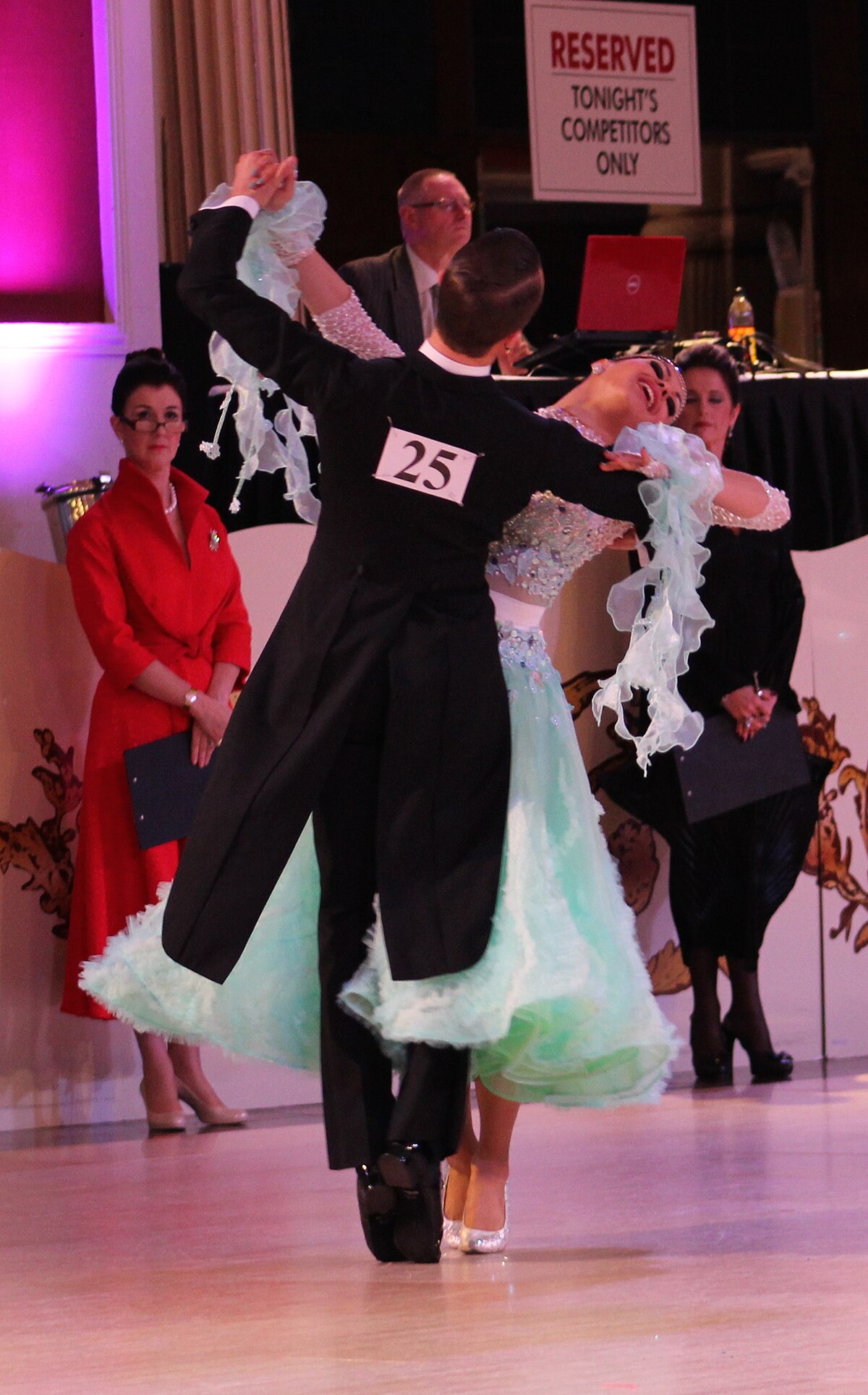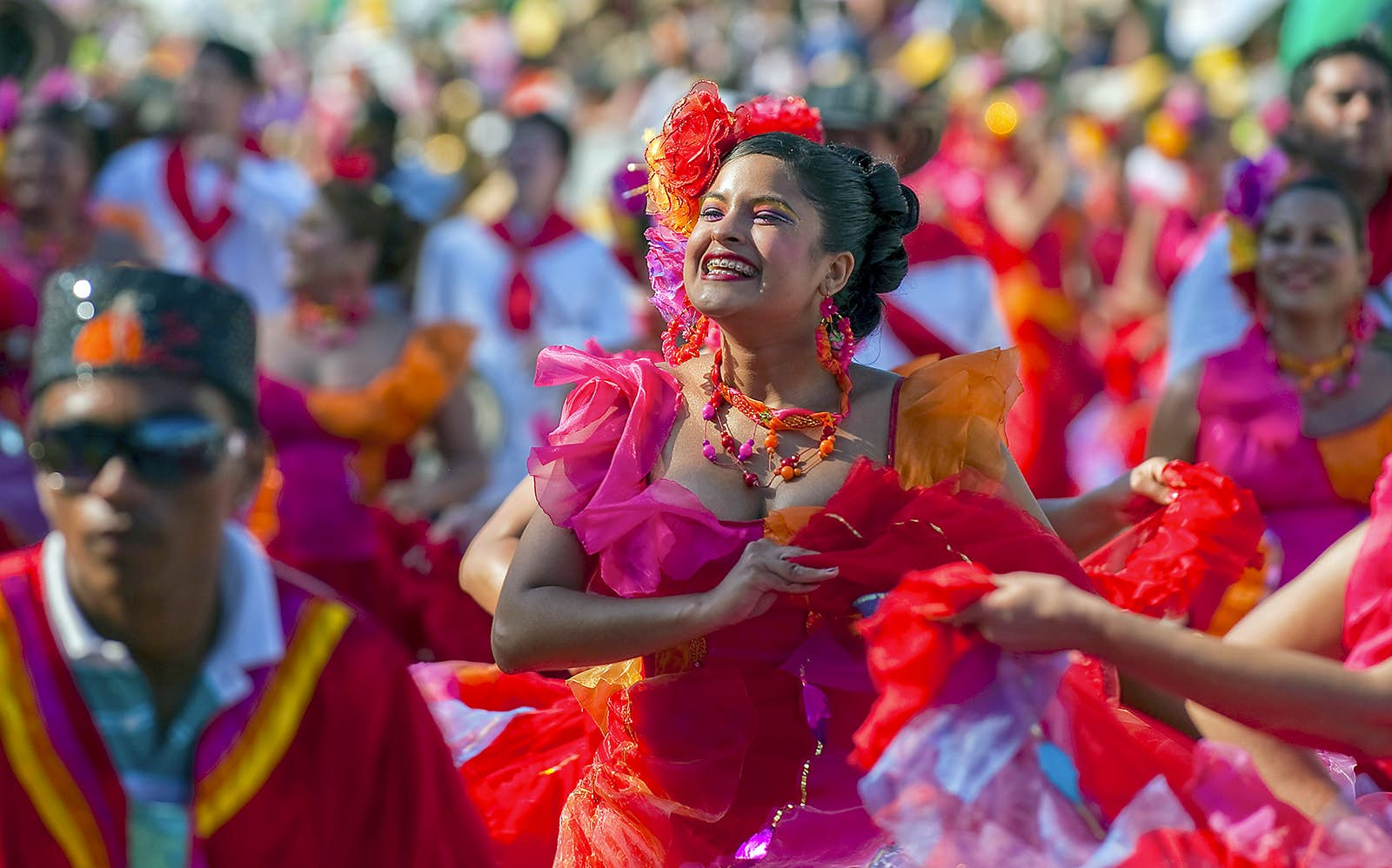Dance Fridays Fundamentals Explained
Wiki Article
What Does Dance Fridays Mean?
Table of ContentsIndicators on Dance Fridays You Need To Know10 Simple Techniques For Dance Fridays8 Easy Facts About Dance Fridays ShownThe Dance Fridays Ideas
As American dances such as swing and faucet.
The standard Salsa dancing rhythm is composed of taking three actions for every 4 beats of songs. Salsa dancers can additionally break apart to dance solo, known as "shines". The two main styles of salsa are straight and round.

Little Known Facts About Dance Fridays.
Salsa dancing is a worldwide dance that can be discovered in most municipal cities worldwide - https://www.viki.com/users/salsacrazysf1/about. Celebrations are held annually, commonly called a Salsa Congress, in various host cities aimed to draw in a selection of salsa dancers from other cities and nations - salsa crazy. The occasions bring professional dancers with each other to share their passion for the dance, construct area, and share moves and ideasInternational Salsa Congress, 2004 at Bangalore Video demonstrating salsa dancing fundamentals Over the years, various styles of salsa dancing have actually advanced worldwide. Several of them work with each various other, yet others are various sufficient to make dance in between professional dancers of different styles tough. Salsa has several similarities with other partner dancings, the designs and abilities found out in salsa can be applied to one more Latin dancing like Bachata. Incorporating other dance styling strategies into salsa dance has actually additionally come to be common, with professional dancers of one design including styles and movements of others to create brand-new blends of dancing designs.

One of one of the most influential figures in New york city design salsa is Eddie Torres - salsa crazy (called "the Mambo King"), that is credited with assisting to formalize the on 2 salsa timing (based upon mambo) and aiding to popularize it by instructing it in dance workshops in New york city and through early training tapes
The Only Guide for Dance Fridays
Standard action for LA style, with leader's actions in blue Salsa show dancing Los Angeles style salsa (LA design) is danced "on 1" where professional dancers damage forward on the first beat of the songs, unlike New york city design which is danced on 2. LA style salsa is danced in a line or "port" with professional dancers exchanging positions throughout the dance, unlike Cuban salsa which is danced in a more round style.In this pattern, the leader advances on 1, steps to the right on 2-3 while transforming 90 levels counter-clockwise (dealing with to the left), leaving the slot open. https://www.provenexpert.com/dance-fridays2/. The fan after that tips simple on 5-6 and transforms on 78, while the leader makes an additional 90 levels counter-clockwise and a little forward, coming back into the port
The "Vazquez Brothers" (Luis Vazquez, Francisco Vazquez, and Johnny Vazquez) are credited for the early development and growth of LA Design. Luiz Vazquez was you could try here the co-founder of Los Angeles's initial salsa dancing group, Salsa Brava. salsa crazy. The Vazquez Brothers attracted influence from phase dancings such as faucet dance and helped develop LA design's track record for flashy actions and balancings.
Later dancers such as Alex Da Silva, Christian Oviedo, and Liz Lira are likewise credited with developing the LA design of dance as we recognize it today. [] In Cuba, a prominent dancing known as Casino was marketed as Cuban-style salsa or Salsa Cubana abroad to identify it from other salsa designs when the name was popularized internationally in the 1970s.
The Dance Fridays Ideas
The name Casino is originated from the Spanish term for the dancing halls, "Online casinos Deportivos" where much social dance was done amongst the better-off, white Cubans during the mid-20th century and onward. Historically, Casino traces its beginning as a partner dancing from Cuban Son, Cha Cha Cha, Danzn and Guaracha.This indicates that no action is tackled the initial and fifth beats in each clave pattern and the 4th and 8th beat are stressed. By doing this, instead of following a beat, the professional dancers themselves contribute in their motion, to the polyrhythmic pattern of the music. At the exact same time, it is commonly danced "a tiempo", although both "on3" (originally) and "on1" (nowadays).
Report this wiki page